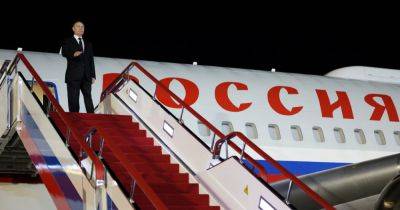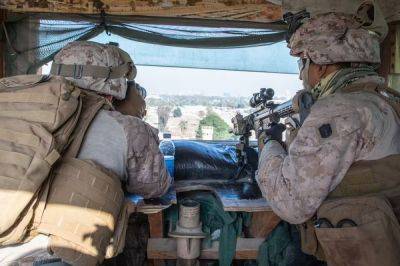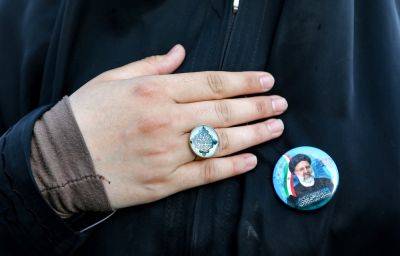Iran hardliners jostling for post-Khamenei supremacy
The death of Iran’s president, Ebrahim Raisi, in a helicopter crash in May plunged Iran into political uncertainty. Raisi’s death has set off an intense power struggle within the Islamic Republic.
Iran’s constitution requires that a new president should be chosen within 50 days of Raisi’s death. Accordingly, voting for the election of a new president will begin on June 28. A list of prospective candidates who registered over the past few days was released on June 3. As expected, it is dominated by hardline conservatives.
The reason for this goes back several years. In 2020, Iran’s powerful Guardian Council carried out a purge of parliamentary candidates. It disqualified no fewer than 90 reformist candidates from running in the 2021 presidential elections. Hence the political scene is now dominated by ultra-conservative voices.
The Guardian Council will now vet applicants over the next week before releasing the final list of presidential candidates on June 11. While the provisional list is dominated by conservatives, it is possible that some “moderate” candidates will be allowed to run. But this is more to encourage a better turnout for an electoral process that the majority of people do not accept as legitimate.
The stakes are high. Before his presidential tenure, Raisi was considered a possible successor for the aging supreme leader, Ali Khamenei. Now a new field of hardliners and conservatives has assembled to battle it out for the presidency. This is now considered a stepping stone to enable politicians to reposition themselves for the ultimate political battle: the succession for the position of supreme leader.
Hardliners battling hardliners for political control in Iran is a new twist on an old story. Factionalism






